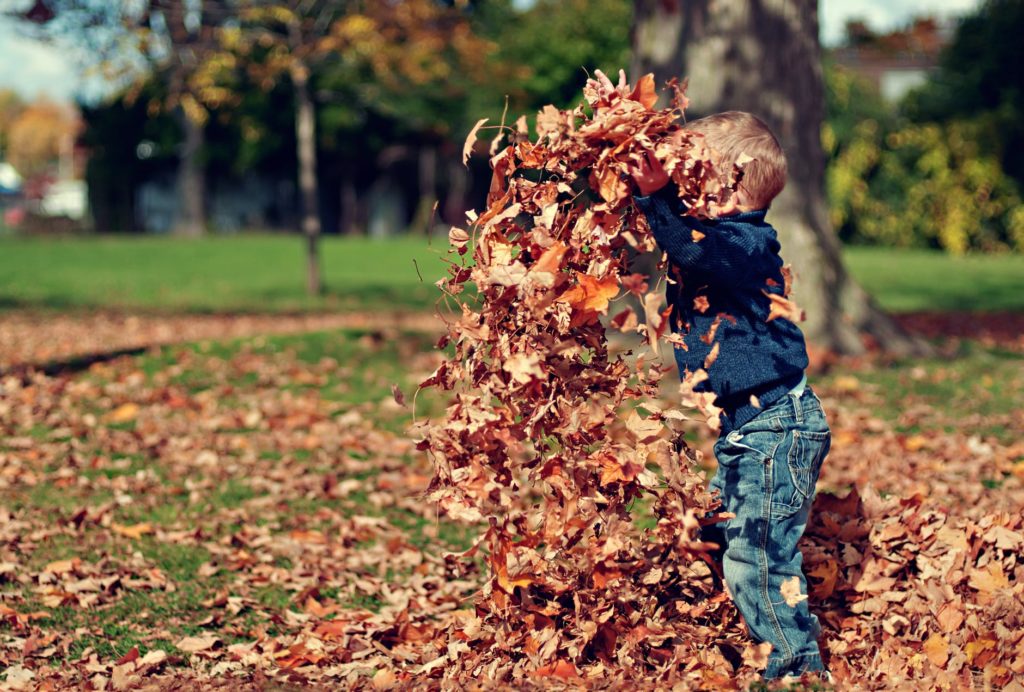
Question: My gut tells me that unstructured and semistructured play is an important part of my kid’s growing up. The years go by so quickly! But my husband is really into sports and doesn’t see the value of free play. Am I wrong? Does free play lead to a better sporting experience? Because I know he would value that.
Discussion: When kids are thrust into hyperorganized, adult-oriented sports too early, an entire stage of their play development risks being lost. What’s required to really function well on a team in a sports environment is good communication, an ability to work well with teammates and negotiate and resolve issues, and the flexibility to think outside the box. Such skills are not easily honed in organized youth sports. They are mainly learned earlier, during your child’s developmental play stages or—if she already plays on a team a few days a week—whenever she gathers with friends informally to just play games.
As Luis points out, “My three youngest sons love sports and are always clamoring to play soccer or football or basketball. And they often do: at the park, in our cramped basement, even on the sidewalk or in the courtyard of a friend’s building. But for the past few years, they’ve gathered after school in Central Park with schoolmates of varying ages and played a variety of other games, such as manhunt and capture the flag.”
These games take time to organize. The kids cluster together and argue as they choose teams and negotiate what’s fair and what’s not. Sometimes setting up the teams takes five or ten minutes, and some pretty heated arguments develop. If you are standing within earshot, your “adult” impulse is to jump in and take over: “Listen, kids. You have to make this fair. Joey and Sara are the oldest and fastest, so they should be on separate teams . . . .” But if you do that, you take the decision making, deal making, and conflict resolution away from the kids themselves. Believe us, we know how hard it is to back off and stay clear, but the long-term benefits outweigh your instant gratification at having sorted things out so the kids can get on with their game. The best thing parents can do is huddle together at a distance, chatting away, alert enough to intercede if someone gets hurt or things get out of hand.
Playing these games together teaches kids indispensable lessons about figuring things out for themselves and adapting to the social circumstances they encounter. Organized sport does not do that nearly so well: You have a referee who blows a whistle and provides judgment. What happens in the games stage of development—when you are playing games like capture the flag, four square, dodgeball, or the many forms of tag and hide-and-seek—is that you are forced to sort out your own teams. You have to take ownership of your disagreements and work through them, otherwise the game cannot go on.
With this type of semistructured play, the children set the rules, organize the form of the game, and then—because they helped make it up—are invested in its structure. They will want to maintain that structure—and enforce it. If someone deviates from the rules, they can object. All this develops children’s problem-solving and negotiation skills. Moreover, it really brings kids together in a socially dynamic context in which they not only learn about negotiation, but also about accepting the differences in each other’s points of view.
Solution: It’s best if kids set up these games on their own, but as a parent, you can certainly jump-start things by finding and introducing some of these games to them. You can sift through books on games at your local library or visit the games section at WholeChildSports.com, but the key is to create the time and space in which they can play such games and then withdraw so they can sort things out for themselves. Hand them the reins and provide them with the physical and mental space to guide themselves.
If your kid already plays on a sports team and is enjoying it, that’s fine, but developmentally he should experience more of the games stage. Here’s what you can do: Invite the team over for a barbecue after practice. After everyone has fun eating and socializing, set up some games the team can play. You’ll be surprised by the result. Connecting with each other through these semistructured games will help unify the team. In addition, individual players will become more socially adept and innovative. They’ll have fewer disruptive arguments (though some discord is to be expected, and occasional clashes are a healthy part of a team’s social dynamic) and be less likely to ostracize less-talented teammates. This translates into good teamwork and better play. ♦
From Kim John Payne, Luis Fernando Llosa, & Scott Lancaster. Beyond Winnning: Smart Parenting in a Toxic Sports Environment (Lyons Press, Connecticut, 2013)